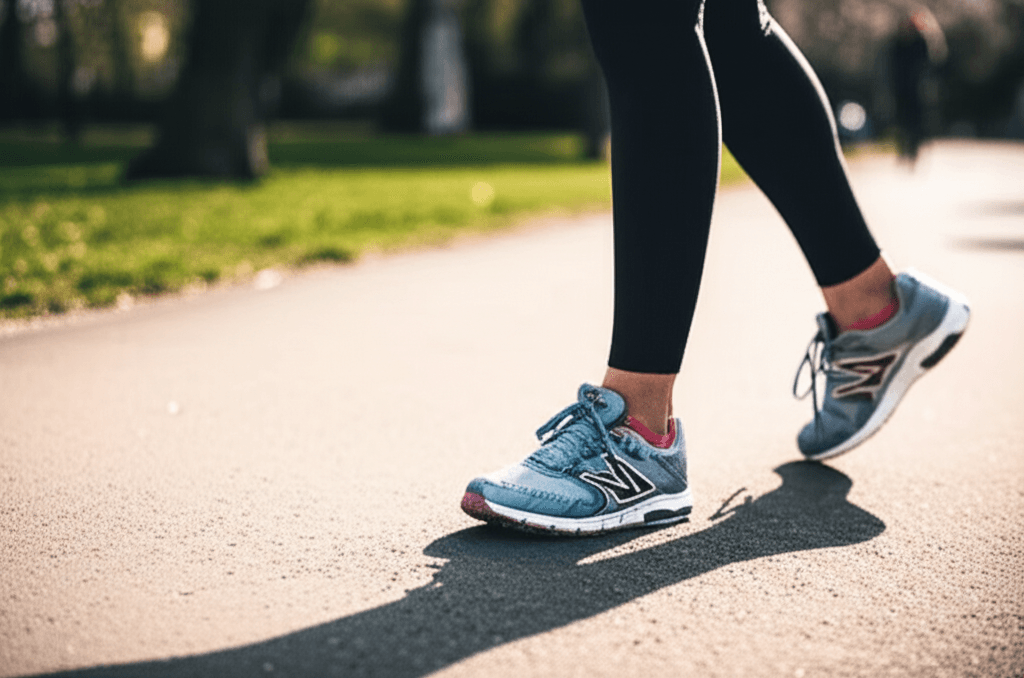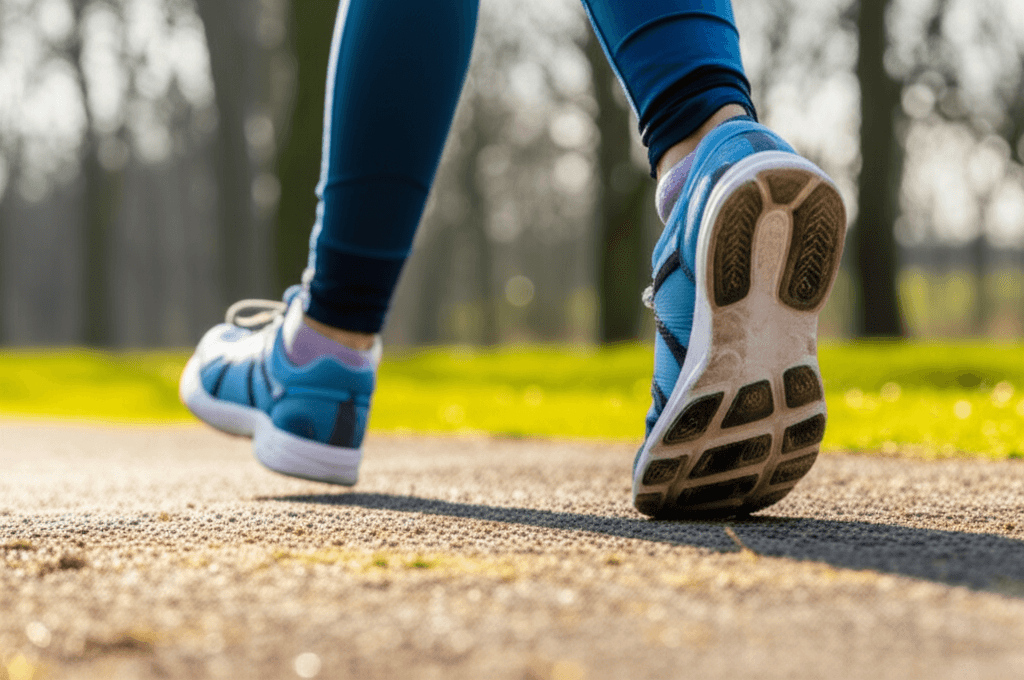A new fitness trend, the “6-6-6 walking routine,” is gaining significant traction across social media platforms like TikTok and Instagram for its straightforward approach to improving physical and mental well-being. This viral challenge emphasizes consistency and accessibility, making it an appealing option for individuals of all fitness levels.

What is the 6-6-6 Walking Routine?
The 6-6-6 walking routine is a structured daily exercise plan that focuses on a 60-minute brisk walk, bookended by a 6-minute warm-up and a 6-minute cool-down. The “6-6-6” moniker primarily refers to:
- 6 minutes of warm-up: A slow, comfortable pace to prepare the body.
- 60 minutes of brisk walking: The core of the workout, designed to elevate the heart rate.
- 6 minutes of cool-down: A gradual decrease in pace to aid recovery.
While the core principle is a 60-minute walk with a warm-up and cool-down, some interpretations also suggest completing the main walk at specific times: 6 AM or 6 PM. Another variation involves aiming for 6,000 steps per day, six days a week. The consistent, structured nature of the routine is a key factor in its popularity.

Why is the 6-6-6 Routine Going Viral?
The simplicity and effectiveness of the 6-6-6 walking routine contribute significantly to its viral appeal. Unlike complex workout plans, its number-based format is easy to remember and follow, removing guesswork for participants.
Its accessibility is another major draw; it requires no special equipment or gym membership, only a safe place to walk and comfortable shoes. This low barrier to entry makes it suitable for beginners, those returning to fitness, or individuals seeking a low-impact daily exercise. The routine helps establish a consistent walking habit, encouraging daily movement.

Health Benefits of the 6-6-6 Walking Routine
Walking, particularly at a brisk pace, is a well-documented form of exercise with numerous health benefits that are amplified by the consistent structure of the 6-6-6 routine.
Cardiovascular Health and Metabolism
Regular brisk walking strengthens the heart, improves circulation, and helps lower blood pressure. It can also help regulate blood sugar and cholesterol levels. The brisk pace recommended for the 60-minute segment often keeps the heart rate in “Zone 2” (50-70% of maximum heart rate), which promotes fat metabolism and endurance. Studies indicate that walking 30-60 minutes daily can improve insulin sensitivity and reduce abdominal fat.
Weight Management
When combined with a calorie-controlled diet, the 6-6-6 routine can contribute to fat loss. Daily brisk walking helps burn calories and can aid in weight management. Some research suggests that morning exercise may be beneficial for decreasing abdominal fat.
Mental Well-being and Mood
Walking is known to reduce mental health conditions like anxiety and depression. Morning walks can boost mood, energy levels, and overall well-being, while evening walks may help relieve stress, improve digestion, and support better sleep quality. Exposure to natural light during outdoor walks can also support circadian rhythms and ease anxiety.
Bone and Muscle Strength
As a weight-bearing exercise, walking helps strengthen bones and can improve bone mass density, potentially reducing the risk of osteoporosis. It also builds endurance and supports lower body strength. Walking is a low-impact exercise, reducing stress on joints.
Cognitive Function and Sleep
Consistent walking can enhance cognitive function, including memory and problem-solving skills. It has also been linked to improved sleep quality and increased energy levels.

Implementing the 6-6-6 Routine for Success
To maximize the benefits of the 6-6-6 walking routine, consider these tips:
- Comfortable Footwear: Invest in comfortable shoes suitable for long walks to prevent pain and injury.
- Structured Schedule: Setting an alarm for the chosen time (6 AM or 6 PM) can help establish consistency. The fixed times can also reduce the mental effort of deciding when to exercise.
- Warm-up and Cool-down: The 6-minute warm-up helps prepare your muscles and gradually increases heart rate, reducing the chance of injury and enhancing performance. The cool-down helps bring your heart rate back down and aids muscle recovery.
- Brisk Pace: For the 60-minute walk, aim for a brisk pace where you can talk but feel slightly breathless (“talk test”). This ensures you’re in the optimal cardiovascular zone.
- Start Gradually: If 60 minutes initially feels like a stretch, start with shorter brisk walks (e.g., 20 or 30 minutes) and gradually increase the duration as your stamina improves. The key is consistency over perfection.
- Enhance the Experience: Listen to music, podcasts, or audiobooks to make the walk more enjoyable and help you look forward to the routine. Walking with a friend or loved one can also provide accountability and motivation.
- Listen to Your Body: While the routine is accessible, it’s essential to listen to your body and adjust intensity as needed, especially for beginners. Always consult a doctor before starting any new workout regimen.
The 6-6-6 walking routine offers a simple, accessible, and highly effective way to integrate consistent physical activity into daily life, promising a range of physical and mental health benefits that have contributed to its rapid rise in popularity.






